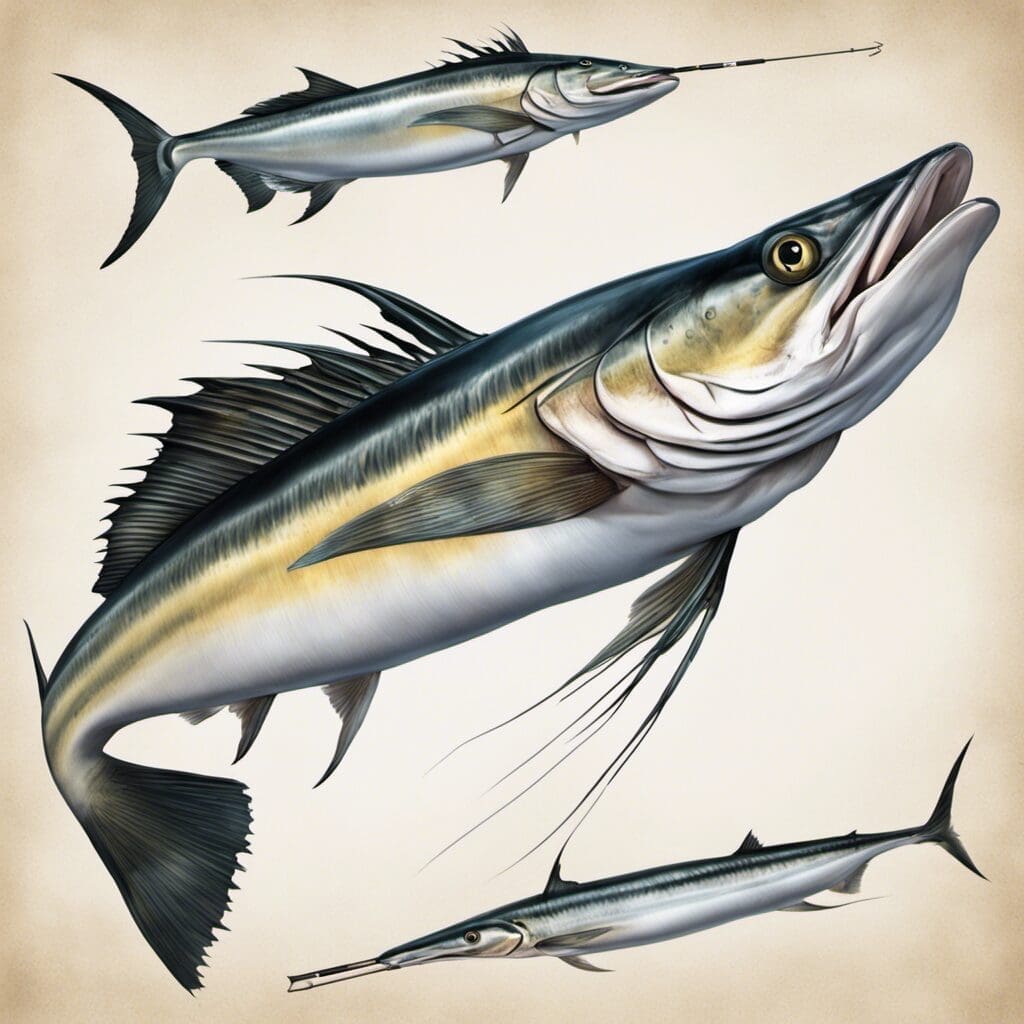Introduction
The Shortbill Spearfish, also known as Tetrapturus angustirostris, belongs to the Istiophoridae family, which includes marlins, sailfish, and other billfish.
Conservation Status
The conservation status is currently classified as ‘Least Concern’ due to its wide distribution and lack of major threats. Conservation efforts focused on this species mainly involve monitoring recreational catch and release programs to ensure the sustainability of the species.
Statistics
| Stat | Average | Range |
|---|---|---|
| Length | 140 cm | 100 – 200 cm |
| Weight | 20 Kg | 10 – 30 Kg |
| Average Lifespan | 15 years | N/A |
| Sexual Maturity | 2 years | N/A |
Distribution and Migration Patterns
The Shortbill Spearfish is present in the Atlantic Ocean, Pacific Ocean and Indian Ocean. They are known to migrate to temperate waters during the spring and summer months which includes the waters surrounding Hawaii, Florida and Australia.
Habitats
The species tends to inhabit pelagic waters, near the surface and offshore in blue, warm oceanic waters.
- Water type: Saltwater
- Depth range: 0 – 200 meters
- Temperature range: 22 - 28°C
When and Where to See
Shortbill Spearfish are active year-round, but they may be spotted more frequently during the spring and summer months when they migrate closer to shore.
Best Fishing Locations
Fishing hotspots for the Shortbill Spearfish include:
- Hawaii, United States
- Florida, United States
- New South Wales, Australia
- Bahamas
- Mexico
How to Catch
Shortbill Spearfish are known to be aggressive feeders, which makes trolling with lures or bait an effective fishing method. The best time for fishing is early morning.
Identification Guide
The Shortbill Spearfish can be identified by its short, slender bill, rounded pectoral fins, and a dorsal fin that is highest at the front.
Culinary
While not as commonly eaten as other billfish, the Shortbill Spearfish is edible. Its meat has a delicate flavor and can be grilled, baked, or fried.
Additional Information
The Shortbill Spearfish feeds on a variety of pelagic fish and squids. Natural predators include larger tuna and marlin species, sharks, and humans.
References and Further Reading
For more information about the Shortbill Spearfish, consider the following resources:
- Fishbase
- Marlin Magazine

